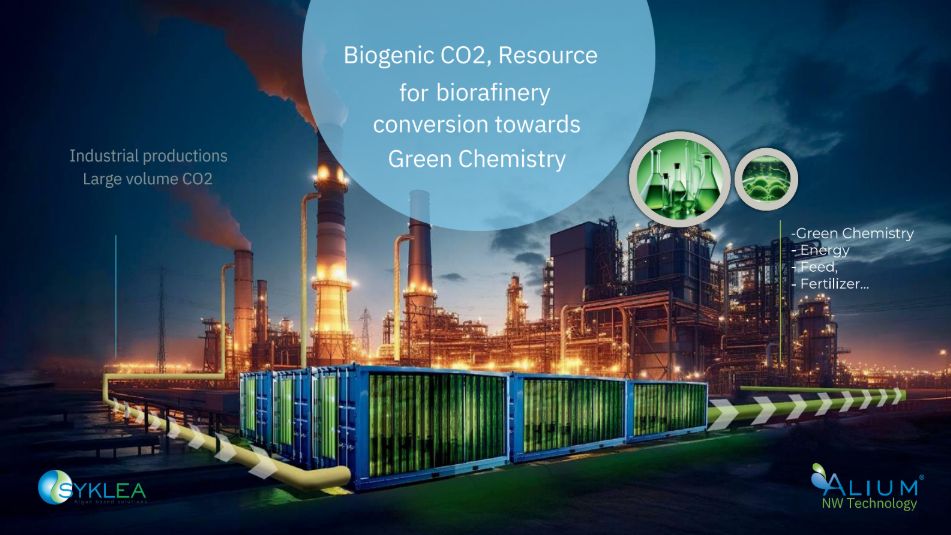From methanation to biosynthesis, new pathways unlock the true potential of carbon
It is time to rethink the way we look at CO₂. Far from being a mere by-product of industry, this molecule is the beating heart of life on Earth — and one of the most promising resources for building a sustainable and circular economy. With an estimated market value of tens of billions of dollars, CO₂ must be considered not as a constraint, but as a unique opportunity for industrial transformation.
France has the capacity to become a pioneer by embracing innovative CO₂ valorization pathways capable of transforming emissions into new economic and ecological value.
Two technological routes are emerging
Today, two major approaches are taking shape to convert captured CO₂ into useful products:
Methanation, also known as the Sabatier process, is a proven technology. By reacting CO₂ with hydrogen, it produces methane that can be injected into existing gas networks or used as renewable fuel. Operating at high temperature with catalytic support, it also generates recoverable heat. Methanation offers a robust, immediate solution for integrating CO₂ into the energy cycle while storing renewable hydrogen.
But methanation reveals only a fraction of CO₂’s potential.
Alium™: unlocking the full value of carbon
SYKLEA’s Alium™ technology represents a new vision for carbon transformation. Instead of converting CO₂ into methane, Alium uses microalgae cultivated on water-free panels to produce liquid hydrocarbons directly from CO₂ — including CO₂ from industrial flue gases without purification.
These sustainable hydrocarbons are particularly relevant for hard-to-decarbonize sectors such as aviation, specialty chemicals, and heavy industry, where electrification alone cannot meet industrial demand.
Alium™ is more than a technological innovation. It marks the emergence of a regenerative industrial model in which carbon is continuously reintegrated into new production cycles.
Toward circular carbon cities and industries
Our vision is clear: cities becoming green ecosystems, industries functioning in closed loops, and CO₂ serving as a cornerstone of the bio-based circular economy.
This future is not speculative — it is technologically achievable today. By choosing to valorize CO₂ instead of burying it, we can build an industrial model aligned with both economic performance and ecological balance.
A new paradigm for the decade ahead
Transforming CO₂ into a resource requires innovative thinking and a renewed relationship with the living world. Microalgae offer one of the most powerful biological tools for capturing and converting carbon — a solution rooted in billions of years of natural efficiency.
By shifting our perception of CO₂ from enemy to promise, we open the door to a new era of industrial innovation.

